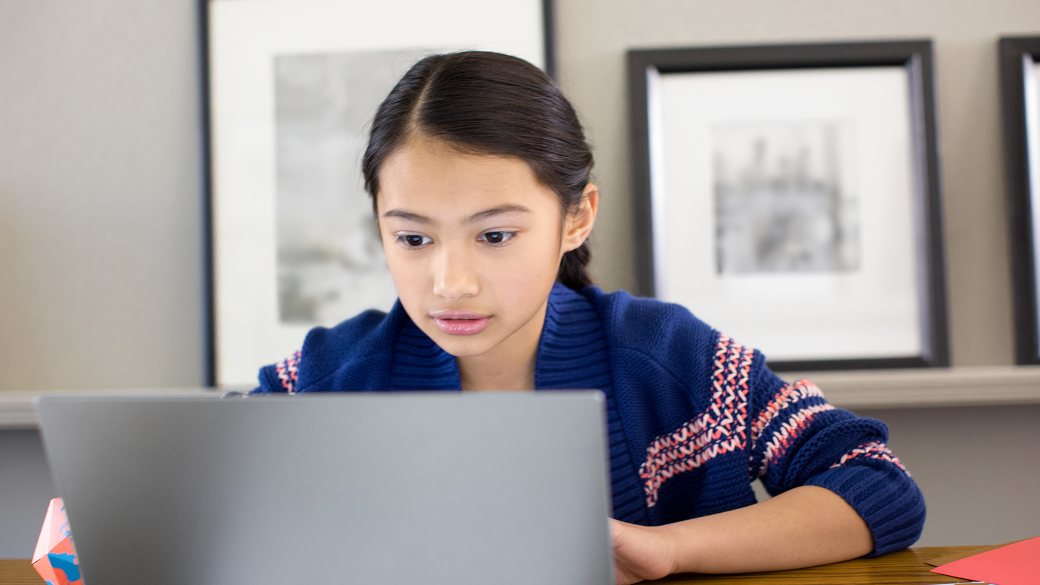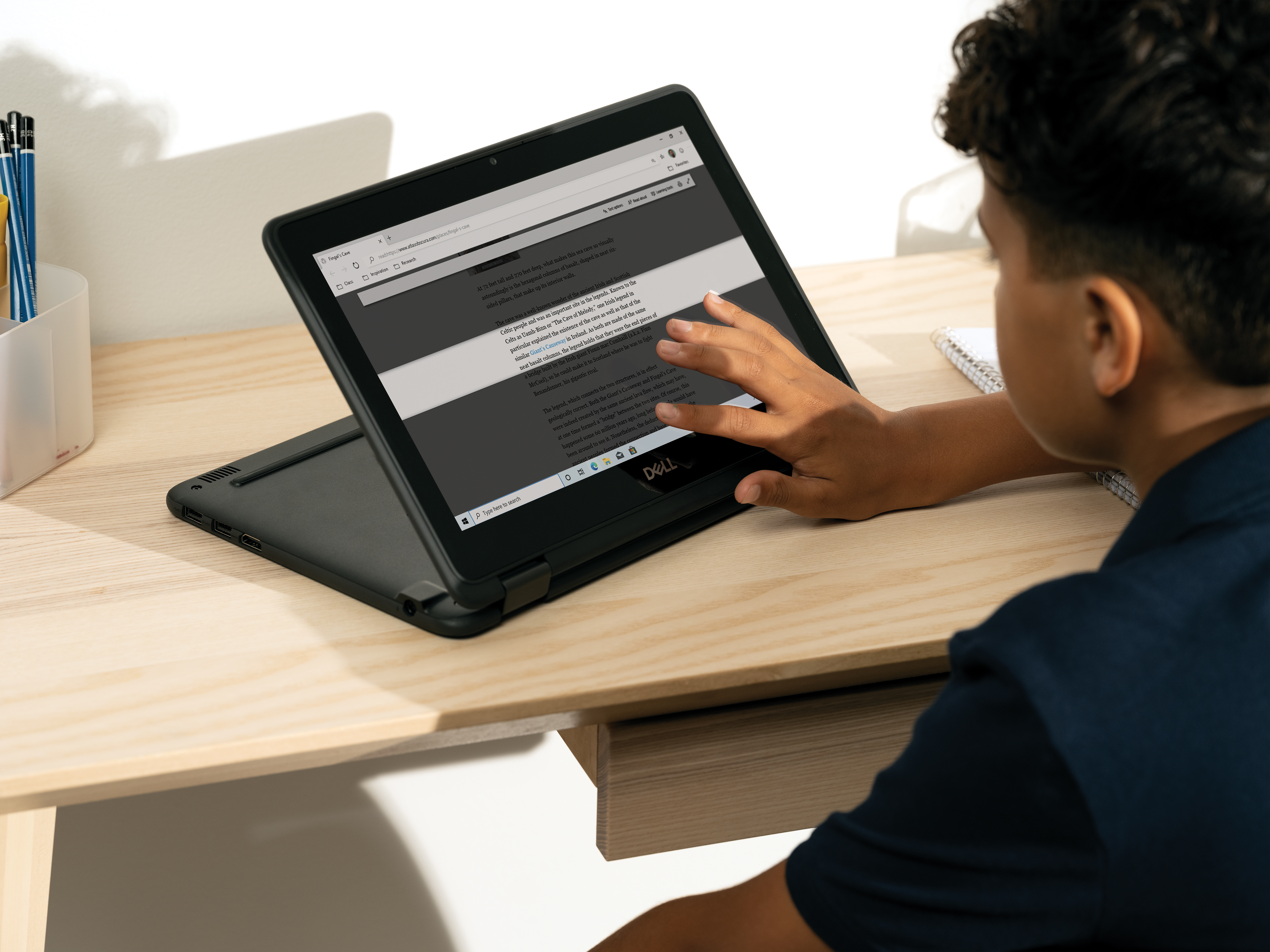Millions of students in the U.S. and beyond lack access to the devices, tools, and reliable home internet that can support their learning, collaboration, and creativity to unlock their full potential. This can leave many in remote or hybrid settings without the individualized attention they need for their unique learning styles. And having these resources can help students build digital skills, including during in-person classes.
One school district that overcame this challenge is Wichita Public Schools (WPS) in Wichita, Kansas, which is the largest district in the state serving roughly 11 percent of Kansas students—more than 50,000 each school year. Its investment in Microsoft’s educational technologies, such as Microsoft Surface Pros for educators and Surface Go and other devices for students, is helping fulfill the district’s mission of equipping every student with the 21st century skills and knowledge needed to succeed in an increasingly digital future.
Here’s how WPS is using technology to transform how learners learn and how teachers teach, while ensuring every student has equal opportunity to succeed:
Solving for equity and access
The issue of student access to technology pre-dated the pandemic but was exacerbated once it began, so WPS’s IT professionals set out to help create an equitable solution. Their solution—providing access to the internet and a device—has not only been paramount to supporting each student’s success during the pandemic, but will also be important long afterward.
WPS works with local partners to provide hotspots for students so they can stay connected. “Providing internet to students matters, especially for the children who might not know where they’re going to sleep for that night,” said Dyane Smokorowski, WPS’s coordinator for digital literacy. “To me, this is a social justice act. Connectivity isn’t just for the privileged; it’s for everyone.”
WPS also pairs each student with their own computer, embracing Microsoft Surface devices and Teams as the district’s hardware and software platforms of choice. With Microsoft Surface devices, such as the Surface Pro 7 for teachers and the Surface Go for students, WPS has increased the scope of what can be taught and learned remotely. Teachers can also approach lesson planning in new, technology-driven, and inclusive ways.
Incorporating tools for inclusivity and agency
One reason these devices have been effective is because Microsoft builds inclusive solutions directly into its technologies instead of as an afterthought. This creates a one-stop shop, freeing schools from managing multiple vendors or searching for additional accessibility tools.
WPS embraces a variety of Microsoft’s inclusive technologies, including free reading tool Immersive Reader. “When our teachers … learn how it helps, they realize it helps not just students with reading troubles. It’s excellent for all the students,” said Amanda Young, a program manager of Education Imagine Academy, which is a full-time, tuition-free online public school offering from WPS.
Dyane agrees. “It's about building that inclusivity in your classroom,” she said. “I can now design lessons better for all learners and personalize to them.”
Inclusive technologies can also provide virtual access to experiences beyond the classroom and home, which is especially important for students with fewer resources. “We have students who have not left a five-mile radius of their school,” Amanda said. “We have done live feeds from the historical museum.” Students were also able to meet directors of the local minor league baseball team “and walk around the stadium, even though they weren’t physically in that space.”
These experiences inspire students, said Dyane. “They can visit virtually and think, ‘Maybe I could work in a zoo, or in a museum. I could be a scientist.’ I think it can change the world of every student.”
Creating a new pedagogy for success
Educational technology can’t successfully evolve in a bubble, and WPS leadership understands that to make the most of it, teaching methodology must also change. “When it comes to technology, the teachers are all now functional; they get it,” said Dyane. “Now they're starting to look at what their students are excited about, and then determining who they need to talk with to take that learning deeper.”
Both Amanda and Dyane cite Whiteboard, digital inking, and Flipgrid as examples of digital tools that can foster student engagement with material, radically change how students interact and learn, and offer new ways of designing lessons. With Whiteboard, “Now we can have a collaborative space for multiple students to share ideas, ideate, and mind map,” said Dyane.
Technology also presents new ways to connect students with opportunities through events, such as a WPS-hosted virtual career day with more than 35 guest speakers from across the US. The virtual aspect gives all students the opportunity to listen to each speaker, not just the students who are in one specific classroom at a specific time.
WPS’s ability to expand access to technology at such a critical time was a feat that has helped educators and will encourage better student outcomes now and in the future. “I will forever be a Microsoft fan because I’ve been able to grow as an educator and help my teachers and my staff grow,” said Amanda.
Dyane is likewise pleased. “When you can take the impossible and make it a reality, that’s the best use of technology,” she said.
Read more about WPS’s success story and explore Microsoft tools and devices that can help students develop the digital skills they need to succeed.




